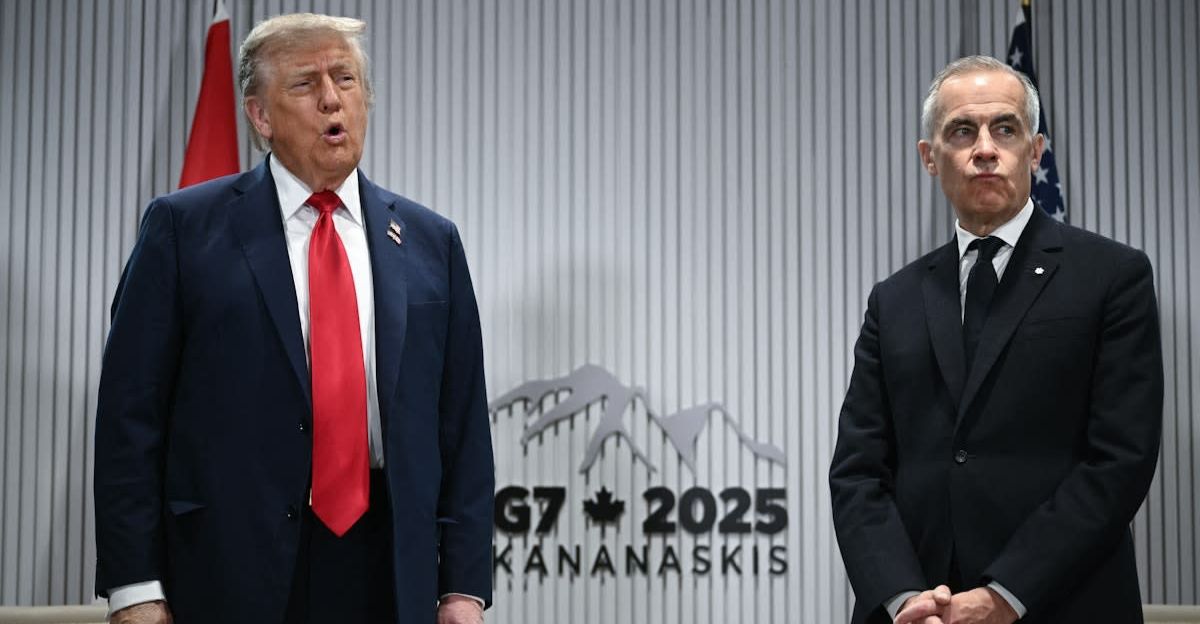
Canada is making a bold play to capture up to $200 billion in trade, business that might have once gone to the US. As American trade policy grows more unpredictable, Canada is stepping up as the stable alternative.
This shift follows escalating tensions between the two nations, sparked by 25% US tariffs on Canadian goods in early 2025. Canada struck back with its own tariffs, changing the trade balance on the continent.
With global companies seeking certainty, Canada is building a powerful new trade identity, one that’s more connected, more diversified, and increasingly central to global supply chains. As the US doubles down on isolation, Canada is opening doors. But how far will this realignment go?
Tariffs Set the Stage for Realignment
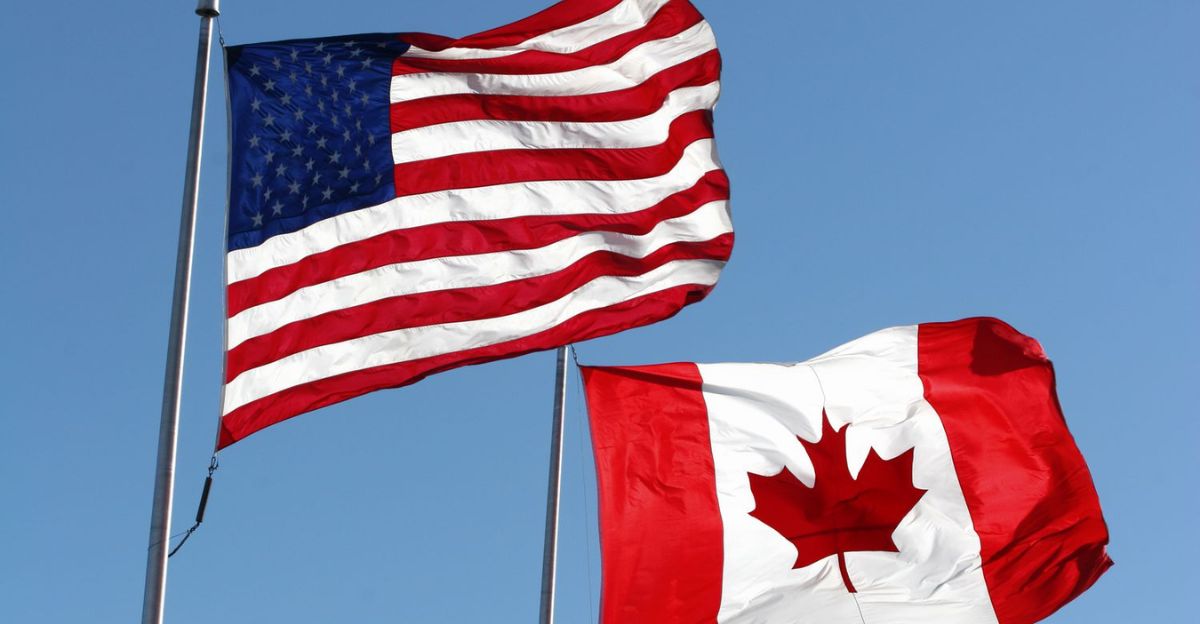
On February 1, 2025, the US ignited a trade war with Canada by slapping 25% tariffs on nearly all Canadian imports, energy goods faced a slightly lower 10% rate. Canada responded with its own 25% tariffs on $106 billion worth of US goods, starting with an initial $30 billion round.
These sharp retaliations mark the most serious trade clash between the two countries in decades. But for Canada, this rupture opened a rare window: a chance to reposition itself globally as a dependable trading partner while US allies seek a steadier path forward.
What’s at Stake for Canada
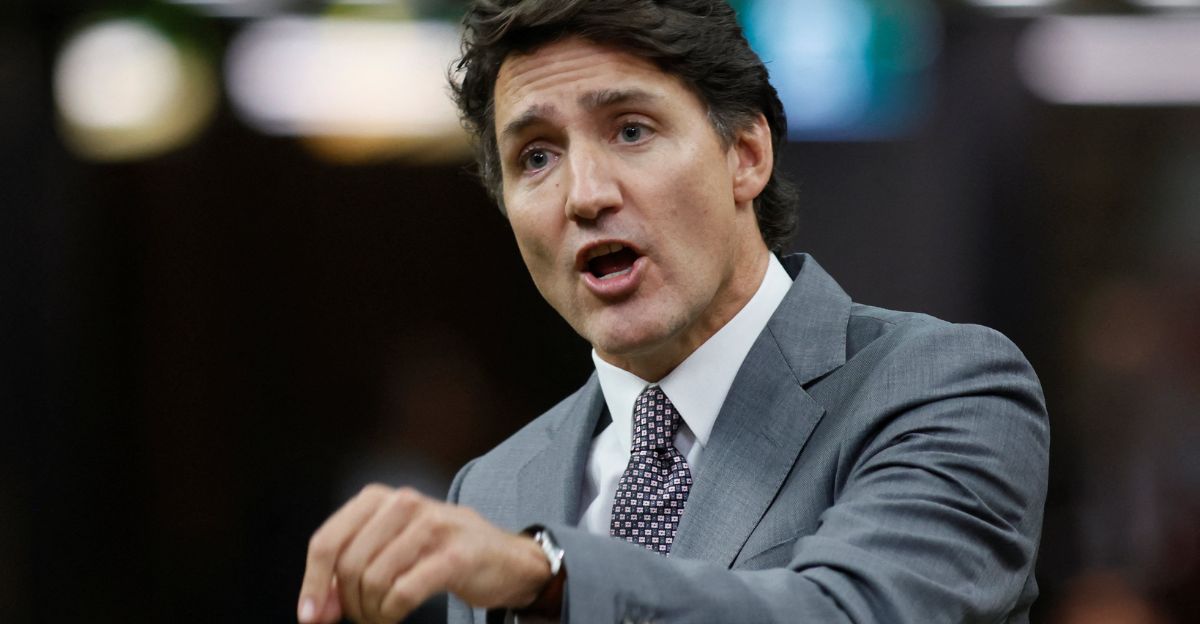
In 2024, the US accounted for 75.9% of Canada’s goods exports and 62.3% of its imports. That level of integration supports 2.6 million Canadian jobs and contributes nearly 17% of national value added. Manufacturing is especially vulnerable: 42% of its value added and 688,000 jobs depend directly on US demand.
These figures explain why the tariffs hit hard, but they also show why Canada is so determined to diversify. The economic stakes are massive, and the country’s future may hinge on reducing its reliance on the American market.
Canada Builds a New Trade Framework
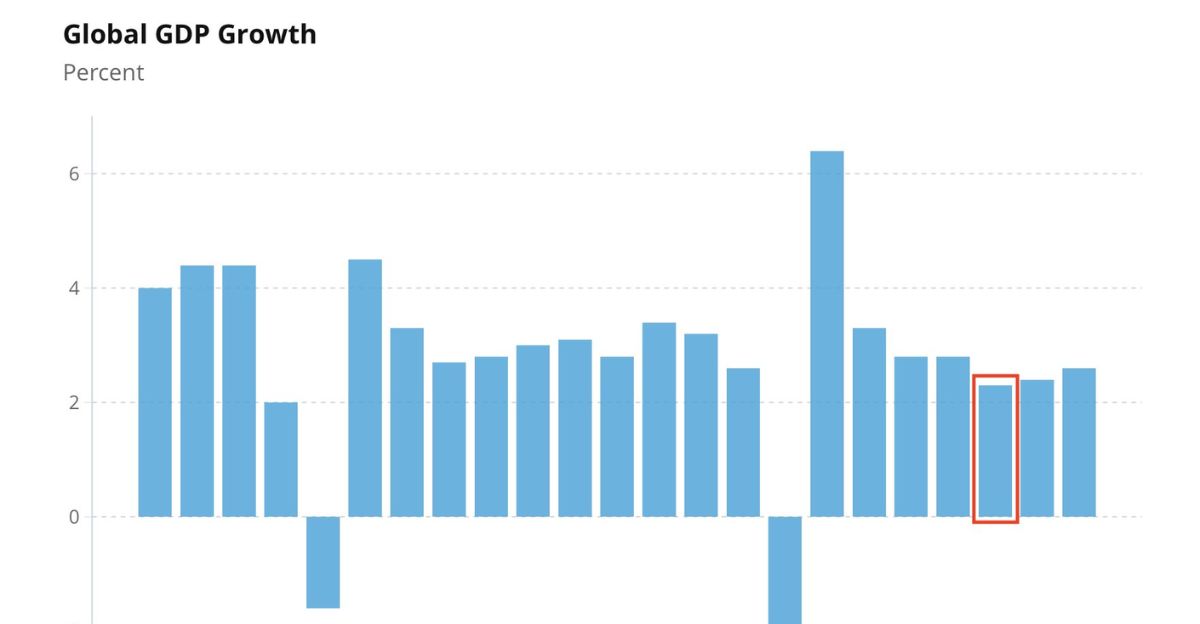
Canada is pursuing a three-part trade strategy: supporting a rules-based system, expanding trade diversity, and making trade more inclusive. It already has 14 free trade agreements covering 51 countries, giving it access to nearly two-thirds of global GDP.
Uniquely, Canada is the only G7 country with trade deals in place with all other G7 members. This broad network positions Canada not just as a participant, but as a hub, in the world’s shifting trade architecture.
The Indo-Pacific Strategy Gains Traction
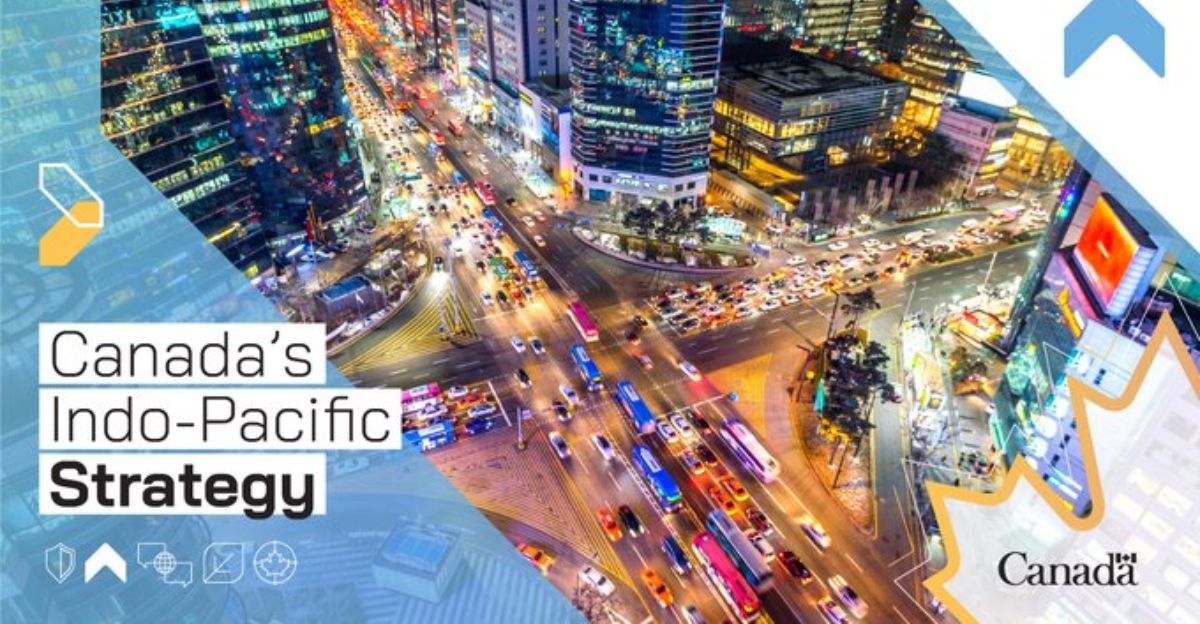
Canada’s Indo-Pacific Strategy is a cornerstone of its trade pivot. It aims to deepen ties in Asia through five goals: peace and security, trade expansion, investment in people, sustainability, and regional influence.
This strategy isn’t just about commerce, it’s about carving out a long-term role in one of the world’s fastest-growing regions. With the US leaning toward protectionism, Canada is offering partnership and stability to markets eager for both.
Corporate Giants Are Making Big Bets
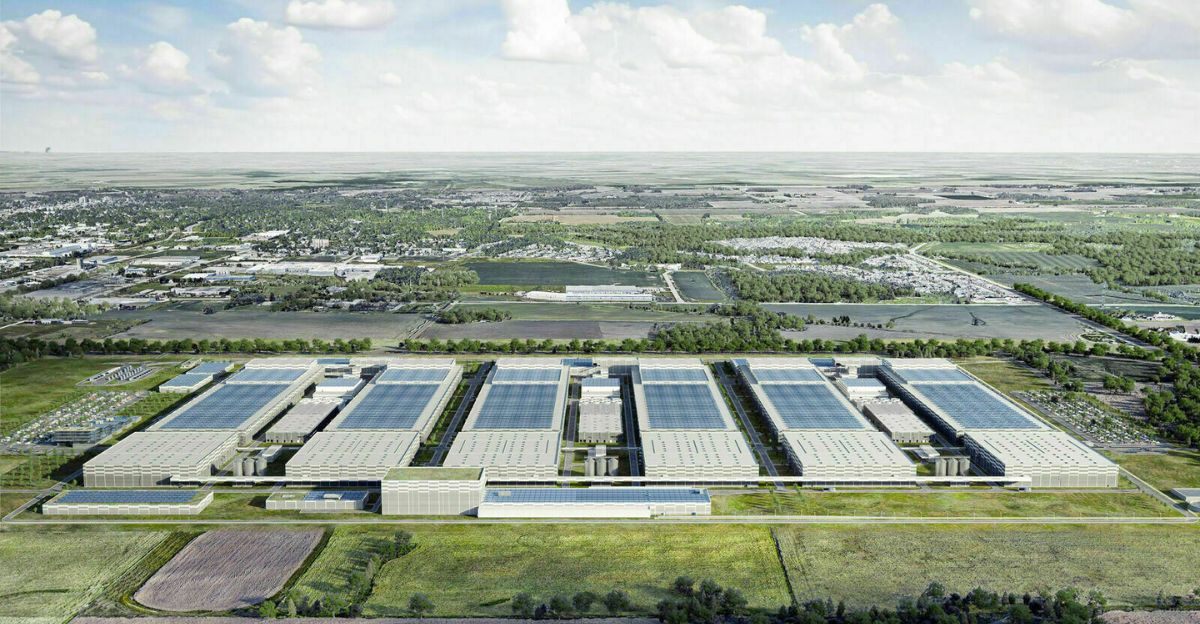
Volkswagen and PowerCo SE picked Ontario for a $20 billion EV battery gigafactory, expected to support 1 million vehicles per year and create thousands of jobs. Microsoft committed $500 million to expand green data centers in Quebec. Amazon’s $131 million AMXL facility in Calgary joins a $4.3 billion investment in the region. Stellantis and LG Energy Solution are building a $4.1 billion battery plant in Windsor, Ontario.
These massive moves show that global players are responding to Canada’s pitch for long-term investment and economic certainty.
Nearshoring Is Reshaping Supply Chains
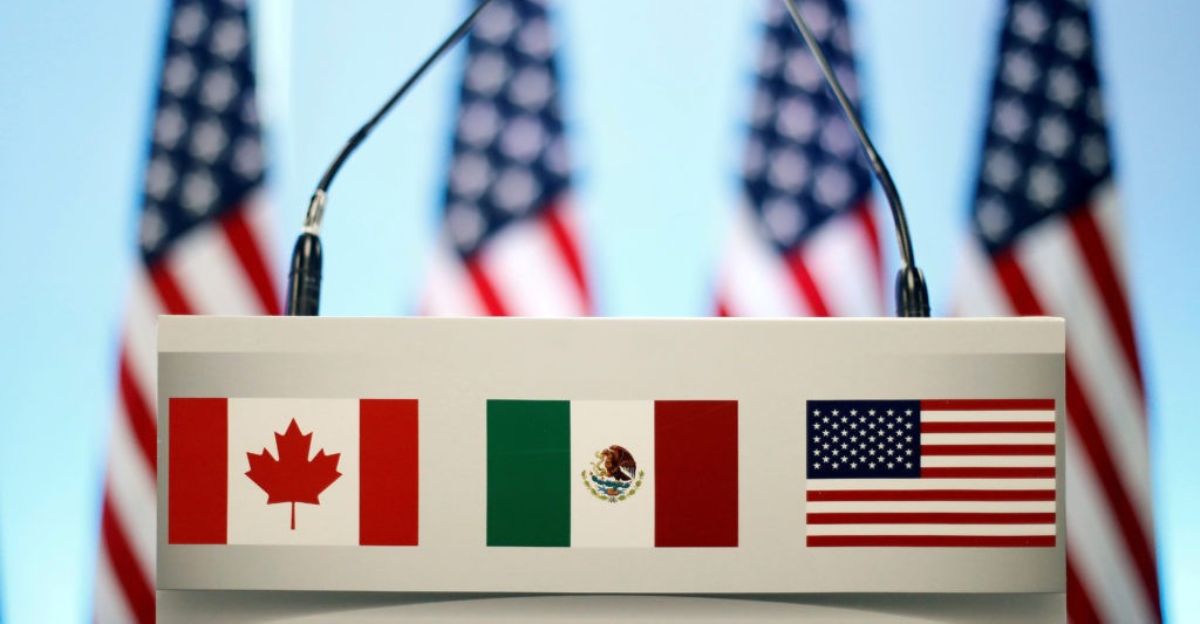
Canada’s nearshoring strategy is rapidly transforming how companies handle manufacturing and logistics. Instead of relying on far-flung Asian factories, businesses are bringing operations closer to North American markets. This shift has been driven by the USMCA agreement, lessons from the pandemic, and global tensions.
Warehousing inquiries in Canada have surged 35% since 2023. Ontario’s manufacturing corridor is booming with new development, offering fast access to US buyers with fewer geopolitical risks.
Southeast Asia Becomes a Key Target
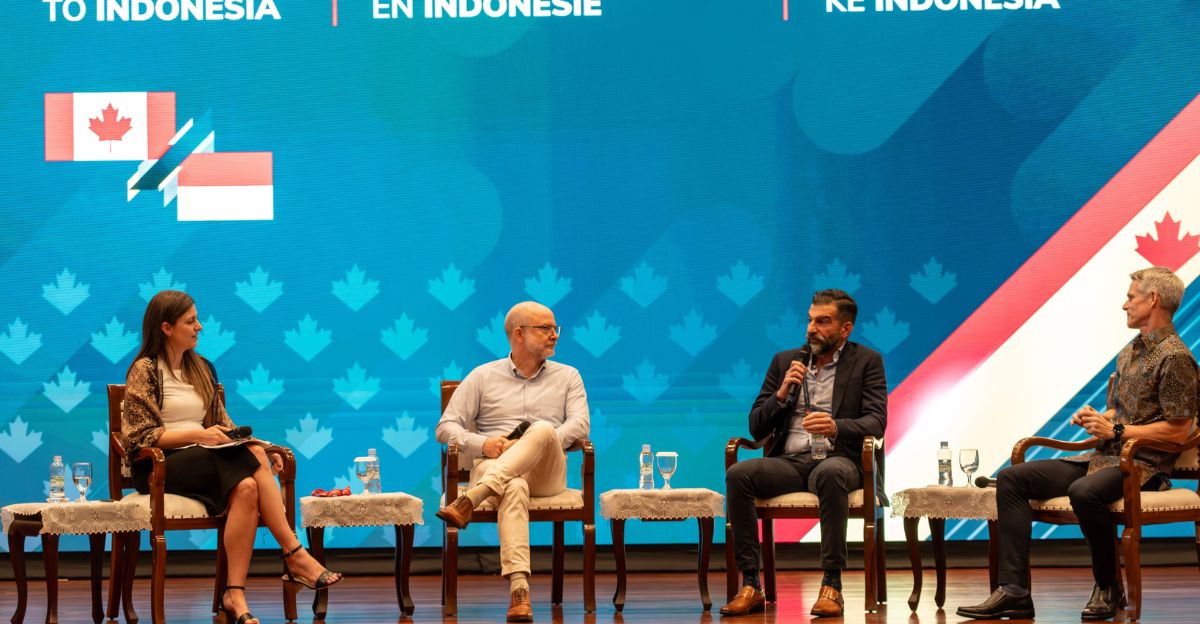
Canada and Indonesia have finalized a Comprehensive Economic Partnership Agreement set to launch by mid-2025. The deal covers agriculture, energy, tech, and digital trade in a nation of 280 million people.
Canada also sent over 150 delegates to Thailand and Cambodia as part of its Team Canada Trade Mission, helping businesses explore new partnerships in the region. These efforts reflect a broader push to reduce reliance on US demand by creating strong footholds across Southeast Asia.
Why Canada’s Strategy Is Working
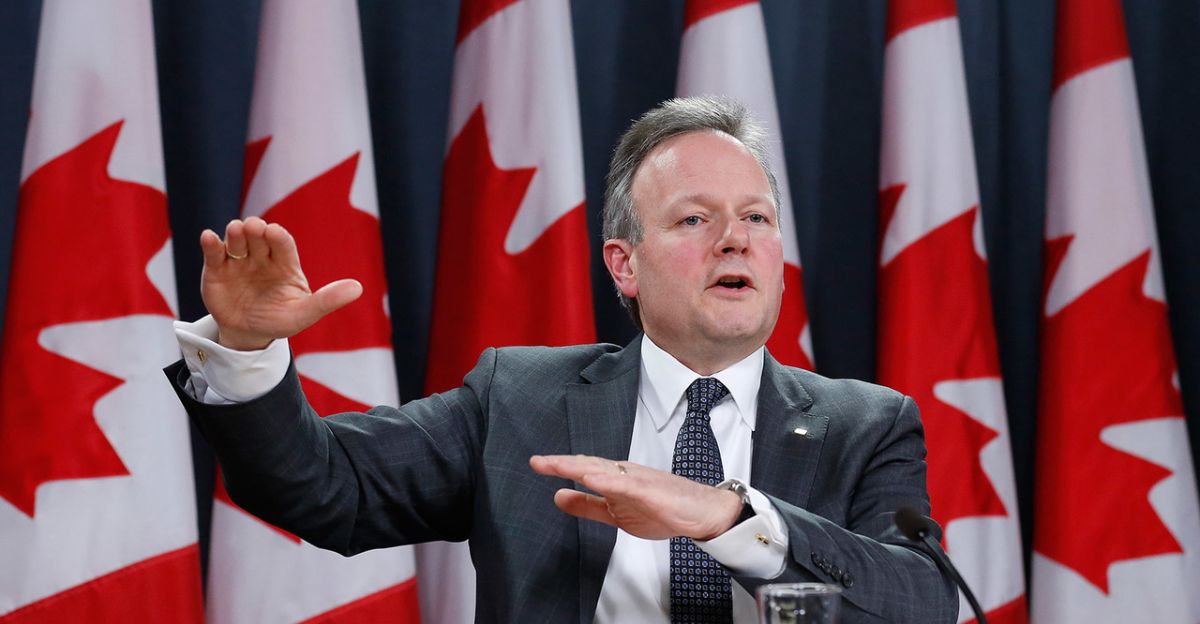
Canada’s appeal lies in what economists call “stability arbitrage.” As the US imposes tariffs unpredictably, Canada is locking in long-term trade relationships that promise consistency. It’s also using what’s known as “compound adjacency”, where a deal with one country opens doors to many others.
For example, the Canada-Indonesia deal (worth $5.1 billion) provides a stepping stone to ASEAN’s $3 trillion market. These ripple effects can multiply trade gains well beyond headline figures.
The Future of North American Trade
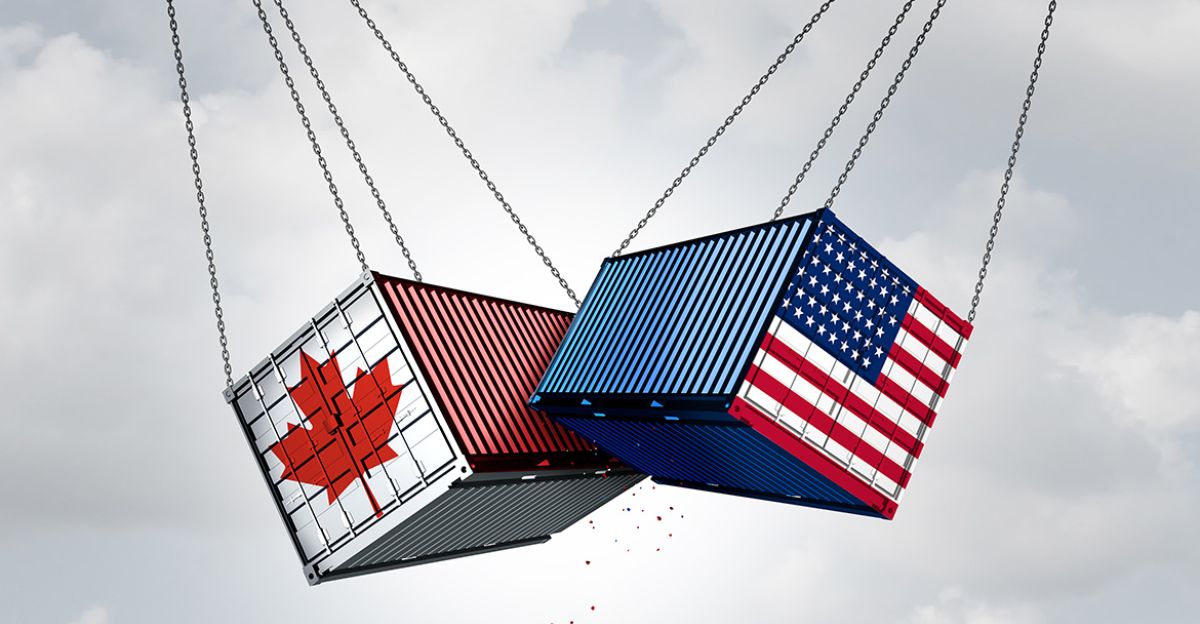
Canada isn’t just reacting to US trade decisions, it’s rewriting the playbook. While America’s tariffs drive uncertainty, Canada is laying the groundwork for long-term stability and global relevance. Its $200 billion target may sound bold, but the shift is already underway.
For businesses and governments around the world, Canada offers a strategic path forward. The real question now isn’t whether Canada is poaching US allies. It’s whether the US realizes it’s pushing them away, before the trade landscape changes for good.
Discover more trending stories and Follow us to keep inspiration flowing to your feed!

Craving more home and lifestyle inspiration? Hit Follow to keep the creativity flowing, and let us know your thoughts in the comments below!
